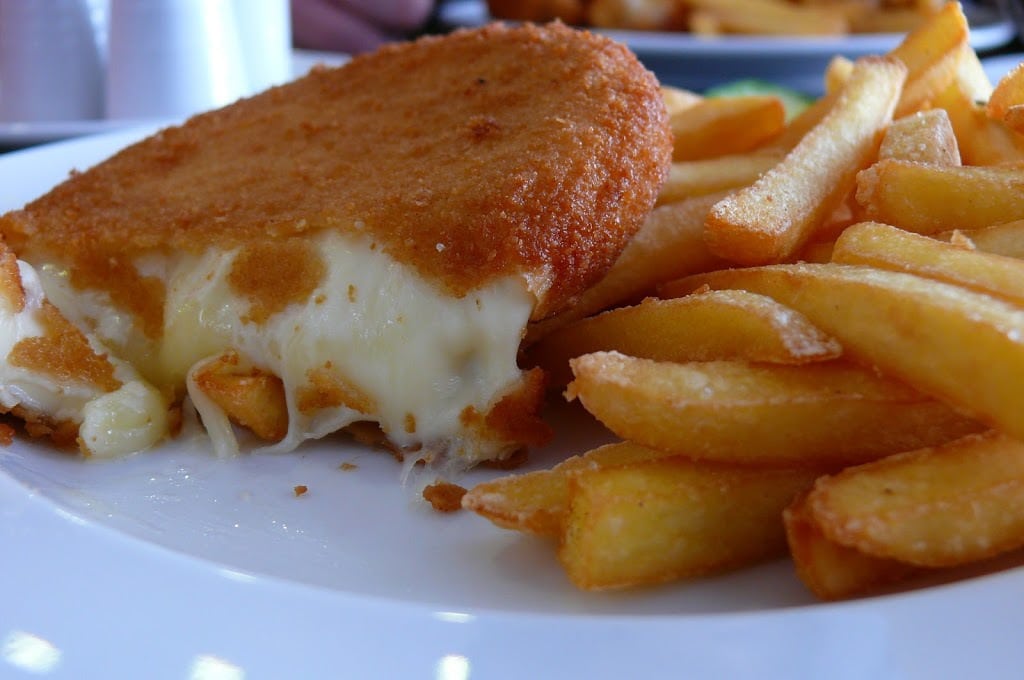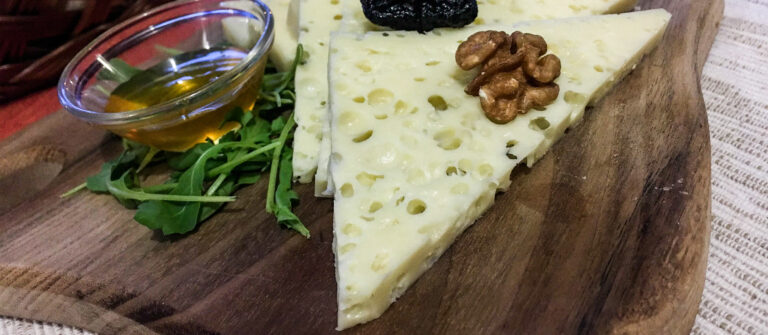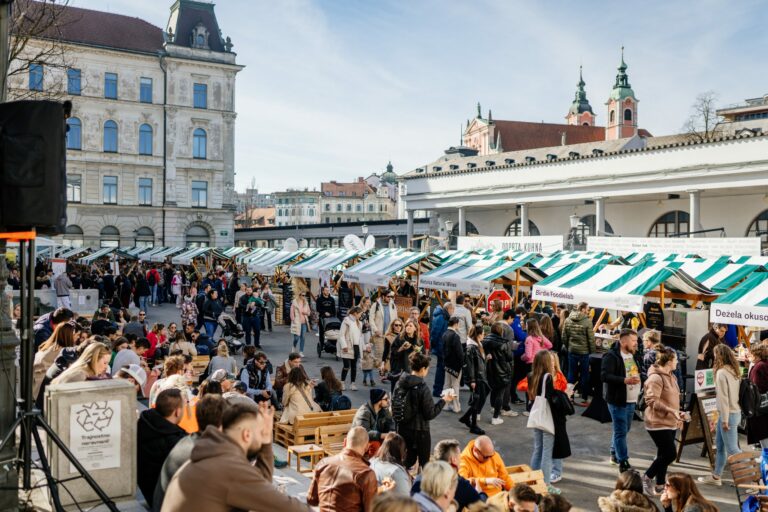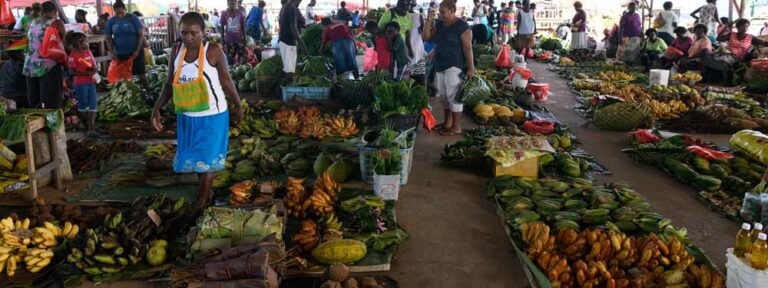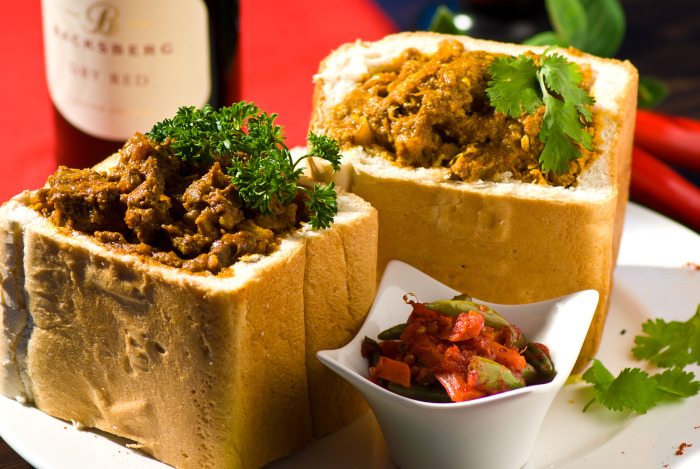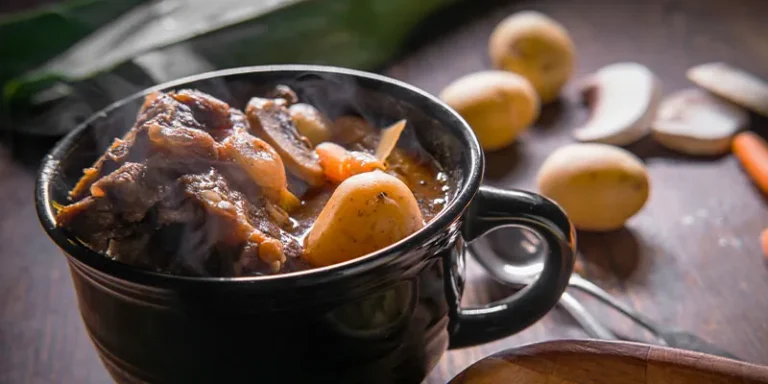Introduction
Slovakia may not be as famous for its cheese as its neighboring countries like Switzerland or France, but it still boasts some unique and delicious varieties. From the legendary bryndza to the popular korbáčiky, Slovak cheeses offer a range of flavors and textures that are worth exploring.
Bryndza – The Legendary Slovak Cheese
Bryndza is undoubtedly the most famous cheese from Slovakia, and it has been a part of the country’s cuisine for centuries. Made from sheep’s milk, bryndza has a strong, tangy flavor and a creamy texture. It is usually served as a spread or mixed with potatoes and onions to make bryndzové halušky, a classic Slovak dish. Bryndza has also been granted Protected Designation of Origin status by the European Union, which means that it can only be produced in certain regions of Slovakia using traditional methods.
Parenica – The Unique Slovak Cheese
Parenica is a unique Slovak cheese that is made from cow’s milk and has a distinctive rope-like shape. It is formed by twisting two strands of cheese together while they are still hot, which gives it its unique appearance. Parenica has a mild, slightly nutty flavor and a firm, chewy texture. It is usually eaten fresh or grilled, and it pairs well with bread, wine, and fruit.
Oštiepok – The Traditional Slovak Cheese
Oštiepok is a traditional Slovak cheese that is made from cow’s milk and smoked over a fire. It has a yellowish color and a firm, rubbery texture. Oštiepok has a mild, smoky flavor and is usually eaten sliced or grated. It is also used in traditional Slovak dishes like bryndzové halušky and zemiakové placky (potato pancakes).
Korbáčiky – The Popular Slovak Cheese Sticks
Korbáčiky are a popular snack in Slovakia that consists of small, crispy cheese sticks. They are made from a mixture of cow’s milk cheese and flour, which is then rolled into thin sticks and baked until crispy. Korbáčiky have a salty, cheesy flavor and are often served as a snack with beer or wine.
Korbáčiky with Bryndza – The Classic Slovak Snack
Korbáčiky with bryndza is a classic Slovak snack that combines the crispy cheese sticks with the tangy spreadable bryndza cheese. It is a simple yet delicious combination that is often served as a light meal or snack. To make it, the korbáčiky are dipped into the bryndza and eaten together, creating a satisfying mix of textures and flavors.
In conclusion, while Slovakia may not be the first country that comes to mind when it comes to cheese, it still has some unique and delicious varieties to offer. Whether you’re a fan of tangy spreads or crispy snacks, there’s something for everyone in the world of Slovak cheese.

